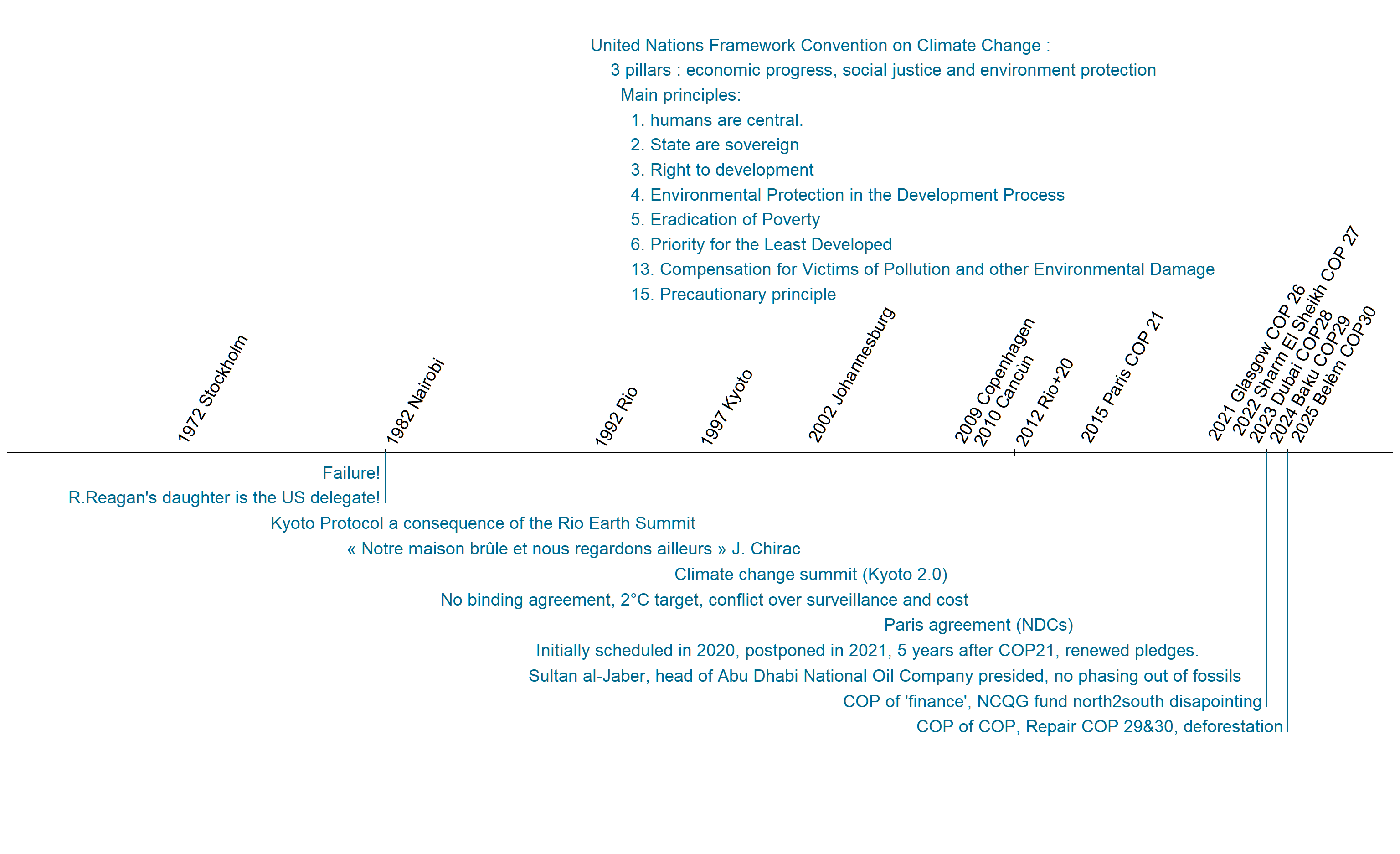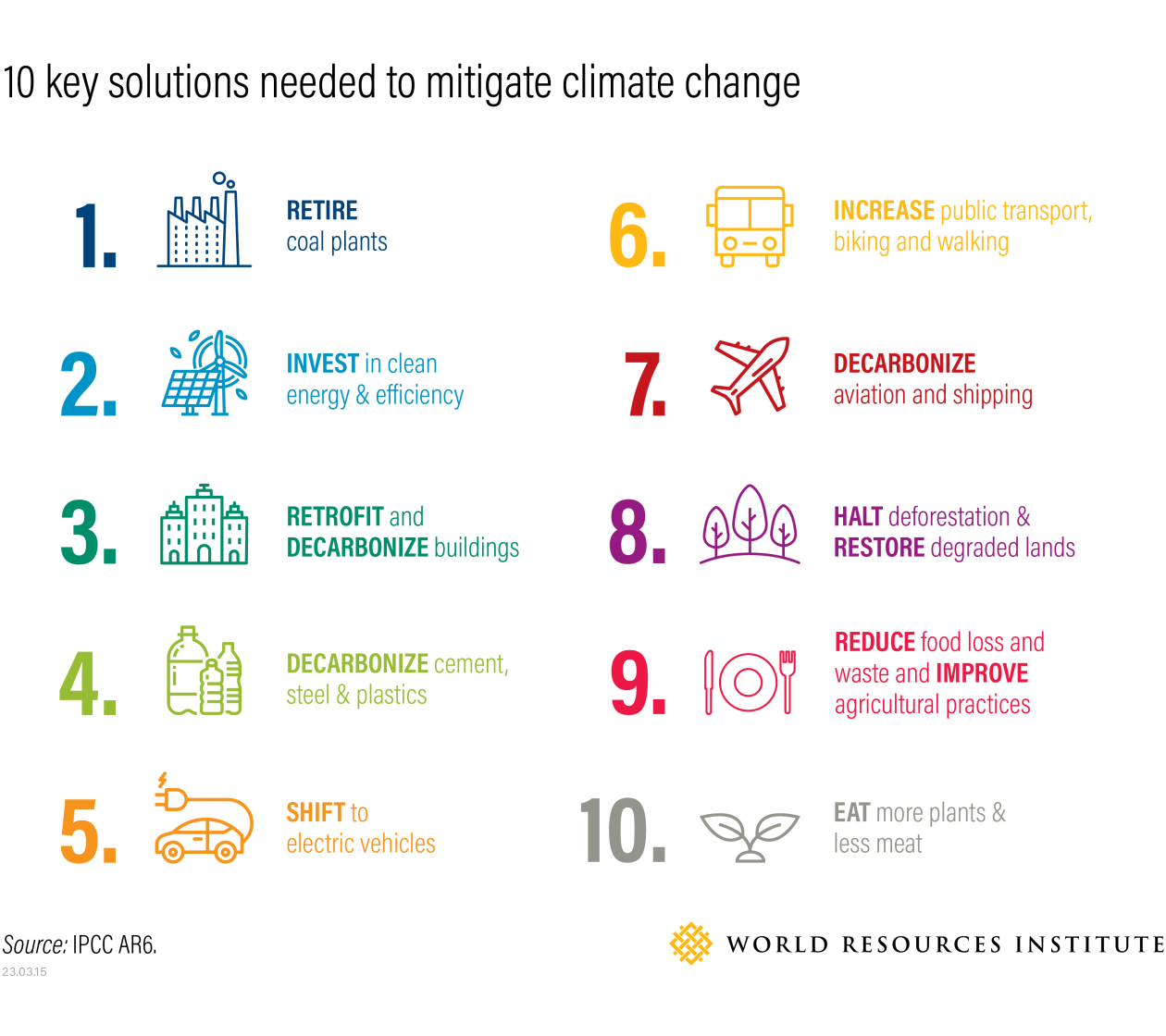IPCC and the International Framework for Climate and Biodiversity
Precautinary principle, large scale damages
Silent spring, R. Carlson, 1962
- Pesticide, pollution killing birds and wild life
- Acid rains, destruction of forest
- Laws on water&air pollutions passed in most countries during these times
Hans Jonas : responsibility principle (1979) (precautionary principle)
- Moving principle, elaborated firstly in Germany
- 1976 : “Environment policy does not confine to prepare for imminent danger or to repair damages when done. A precautionary environment policy intend to protect and manage with care natural resources”
- 1986 : german laws
- 1984, north sea countries summit in Brême: “States should not wait to act that damage is assessed”
- Moving principle, elaborated firstly in Germany
Wiki : the precautionary principle states that if an action or policy has a suspected risk of causing harm to the public or to the environment, in the absence of scientific consensus that the action or policy is harmful, the burden of proof that it is not harmful falls on those taking the action.
Earth summits

Sustainable Development
1983-1987 : Brundtland commission, Our common future,
- Sustainable development is development that meets the needs of the present without compromising the ability of future generations to meet their own needs. It contains within it two key concepts:the concept of ‘needs’, in particular the essential needs of the world’s poor, to which overriding priority should be given; and the idea of limitations imposed by the state of technology and social organization on the environment’s ability to meet present and future needs

IPCC: the modern Manhattan project
1988 international panel on climate change (http://www.ipcc.ch/)
Complex governance
- All countries accept to use scientific knowledge to deal with climate change
- A common report is established (plus summary, approved by gvts) based only on material provided by scientists. Redactors have the last word. Material should be peer reviewed published material. All modifications are made public.
3 working groups+some ad hoc
- I Climate change: heavily science based, peer review
- II Impact on ecosystems and human societies, adaptation
- III Mitigation and economics
- TFI : Task force on National Greenhouse Gas Inventories
No direct funding (or nearly) for science but a lot of attention to earth science and an unprecedented research effort


IPCC: 6AR plus special reports
1990: AR1 Green House effect detection based on observations is unlikely in the next decades, more work on science needed
1995: AR2 Evidence points toward an impact of human activity on global climate. Trigger for the Kyoto protocol at COP-2 in 1996
2001: AR3 There are strong evidence of anthropogenic climate change over the last 50 years, COP 8 affirms significant cuts needed
2007: AR4 There is no doubt (unequivocal) the human activity causes climate change (Peace Nobel Prize, w<th Al Gore)
2013-14: AR5 A lot of more work done on all details, Ice sheet, sea level rise, socio economic aspects
2018: SR1.5 +1.5°C is a better target, it requires strong action
2022-23: AR6, 1.1°C warming, more severe impacts, less and less time left (50% chances that 1.5°C will be breached, unless carbon removal)
2029: AR7 cycle launched (special report on cities, special report on carbon removal 2027)

Have a great day!


IPCC and the International Framework for Climate and Biodiversity EoE 2025: The Age of Constraints